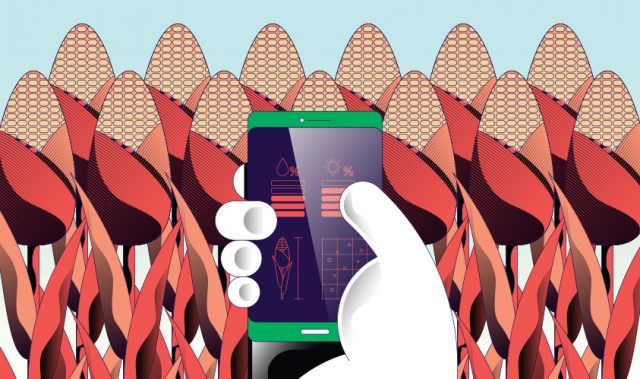
AsianScientist (Jan. 13, 2016) – A study published in Environmental Science & Technology suggests that fish-flavored cat food could be a cause of hyperthyroidism in cats, not environmental pollutants as was previously believed.
Feline hyperthyroidism is a common feline glandular disorder and occurs almost exclusively in older cats—the average age of onset is 13 years, according to Washington State University’s College of Veterinary Medicine. Symptoms include weight loss, increased appetite, hyperactivity or restlessness and aggressive behavior.
Presently, it is unclear what causes feline hyperthyroidism. Previous research has suggested a connection to environmental pollutants, such as polychlorinated biphenyls (PCBs) and polybrominated diphenyl ethers (PBDEs), both of which are flame retardants.
PCBs and PBDEs were widely used for many industrial applications in the past, according to the US Environmental Protection Agency. Because they can potentially be harmful to humans, they were banned internationally by the Stockholm Convention on Persistent Organic Pollutants in 2001 and 2010 respectively, according to the US Center for Environmental Research & Children’s Health.
Studies in the past have detected these toxic compounds and their byproducts in blood samples from cats. The byproducts of these compounds, such as hydroxylated PCBs (OH-PCBs) and methoxylated PBDEs (MeO PBDEs), can also have toxic effects. However, as these byproducts also occur naturally in fish, cat food containing fish is also a potential source.
Thus, Dr. Mizukawa Hazuki, assistant professor at the Center for Marine Environmental Studies, Ehime University, and colleagues set out to investigate whether cats were getting exposed to these harmful compounds from their fish-flavored food and not from their environment. The researchers measured the residue levels of these compounds and their byproducts in commercially available pet foods and tested blood samples from cats. They also simulated how a feline’s body would process various PCB- and PBDE-related compounds.
Based on their results, the team concluded that the byproducts that were detected at high levels in cats’ blood samples likely came from fish-flavored cat food, and not exposure to PCBs or PBDEs.
The researchers say further work is needed to clarify whether these metabolites specifically contribute to hyperthyroidism.
The article can be found at: Mizukawa et al. (2015) Organohalogen Compounds in Pet Dog and Cat: Do Pets Biotransform Natural Brominated Products in Food to Harmful Hydroxlated Substances?
———
Source: American Chemical Society; Photo: Helgi Halldórsson/Flickr/CC.
Disclaimer: This article does not necessarily reflect the views of AsianScientist or its staff.












